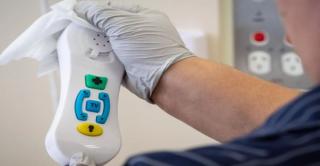
HAIs
Latest News

Latest Videos

More News
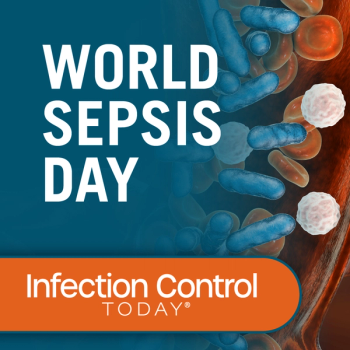
In 2023, the CDC released Sepsis Core Elements to improve sepsis recognition, management, and patient recovery. A recent survey shows increases in U.S. hospitals with sepsis committees, dedicated program time, and Antibiotic Stewardship Program involvement.

Meet the experts shaping infection prevention: Infection Control Today's Editorial Board members share insights, experiences, and cutting-edge strategies to enhance health care safety and quality. Meet Matthew Pullen, MD.

A presentation at the Disease Prevention and Control Summit in Philadelphia, Pennsylvania, spoke about the rising threat of Candida auris.

Read today's updates on COVID-19 and Mpox vaccines and a study released today on doubling syphilis detection in the emergency department.

As influenza and COVID-19 circulate in long-term care facilities, prompt testing, isolation precautions, and antiviral treatments are crucial for preventing outbreaks and protecting vulnerable residents.

Take 5 minutes to catch up on Infection Control Today’s highlights for the week ending September 6, 2024.

This new column, Clean Hospital with Alexandra Peters, PhD, explores advancements in health care environmental hygiene, highlighting its growing recognition as a key component of infection prevention and honoring pioneers like Professor Stephanie Dancer.
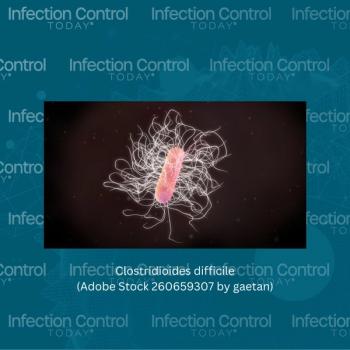
A Memorial Healthcare study shows updated C difficile testing guidelines led to a 20% reduction in inappropriate tests, improving diagnostic accuracy and preventing unnecessary treatments.

Read this informative article on mitigating central line-associated bloodstream infections (CLABSIs) in acute care settings, which is crucial for enhancing patient safety.

Enjoy this first installment of The Long-Term Care Chronicles With Robbie Hilliard, MSN, RN CIC, a column about managing special infection control situations in the long-term care patient population. This installment is about when 2 experts conflict about best care.

As infectious diseases resurge in 2024, this article explores how IPs can manage outbreaks, allocate resources, use technology for surveillance, and collaborate with senior leaders to ensure business continuity and patient safety in health care settings.

Effective implementation of UV-C disinfection is crucial to reducing HAIs. The Providence Holy Cross Medical Center achieved a 19% reduction in multidrug-resistant HAIs and saved $1.2 million through strategic deployment, highlighting the importance of collaboration and innovative management.

Maintaining team morale during financial instability and potential layoffs requires clear communication, emotional support, and professional development opportunities to reassure and retain valuable team members.

Infection Control Today® speaks with the 2023 Infection Control Today’s Educator of the Year Award™ winner, Sharon Ward-Fore, MS, MT,(ASCP), CIC, FAPIC

Transplants are a crucial yet complex part of acute care. They involve various organs and tissues, necessitating robust infection prevention programs and compliance with strict regulatory standards.

Utilizing robust quality systems is essential in medical device manufacturing to prevent infections and extend the lifespan of instruments, ensuring optimal patient safety.

Complicated and untreatable gonococcal infections due to antimicrobial-resistant gonorrhea are outpacing the advancements and development of novel antibiotics and testing technologies.

Consistent infection prevention (IP) rounding in ambulatory clinics fosters compliance, collaboration, and education, improving infection prevention through relationship-building and just-in-time learning.
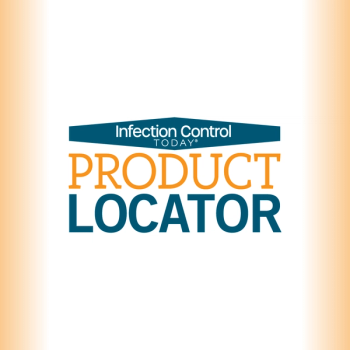
Infection Control Today's Product Locator is a monthly column highlighting some of the latest advanced technology in infection prevention.

During delivery, babies can acquire infections if they come into contact with pathogens present in the birth canal or from the mother’s genital tract.

Recent medical advances include RNA vaccine technology, enhanced understanding of immune dysregulation, improved inter-specialty communication, deeper insights into inflammation, and recognition of biological complexity.
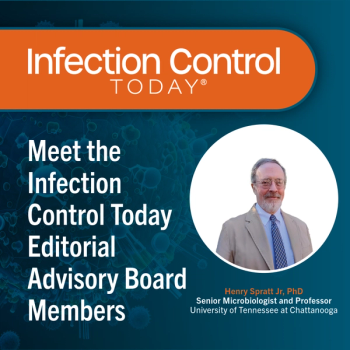
Meet the experts shaping infection prevention: Infection Control Today's Editorial Board members share insights, experiences, and cutting-edge strategies to enhance health care safety and quality. Meet Henry Spratt, Jr, PhD.

A new medical device uses microneedles and a suction cup to simplify blood sampling. It aids needle-phobic patients and benefits low-income regions with cost-effective diagnostics.

A recent study published in JAMA discusses the efficacy and safety of acetaminophen in sepsis patients.

Discover the critical connection between sepsis and nonventilator hospital-acquired pneumonia (NV-HAP), impacting healthcare quality measures and patient outcomes.










